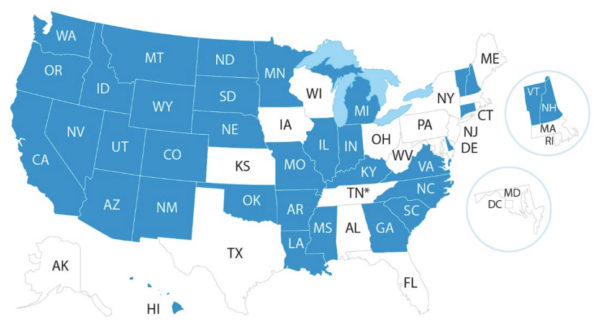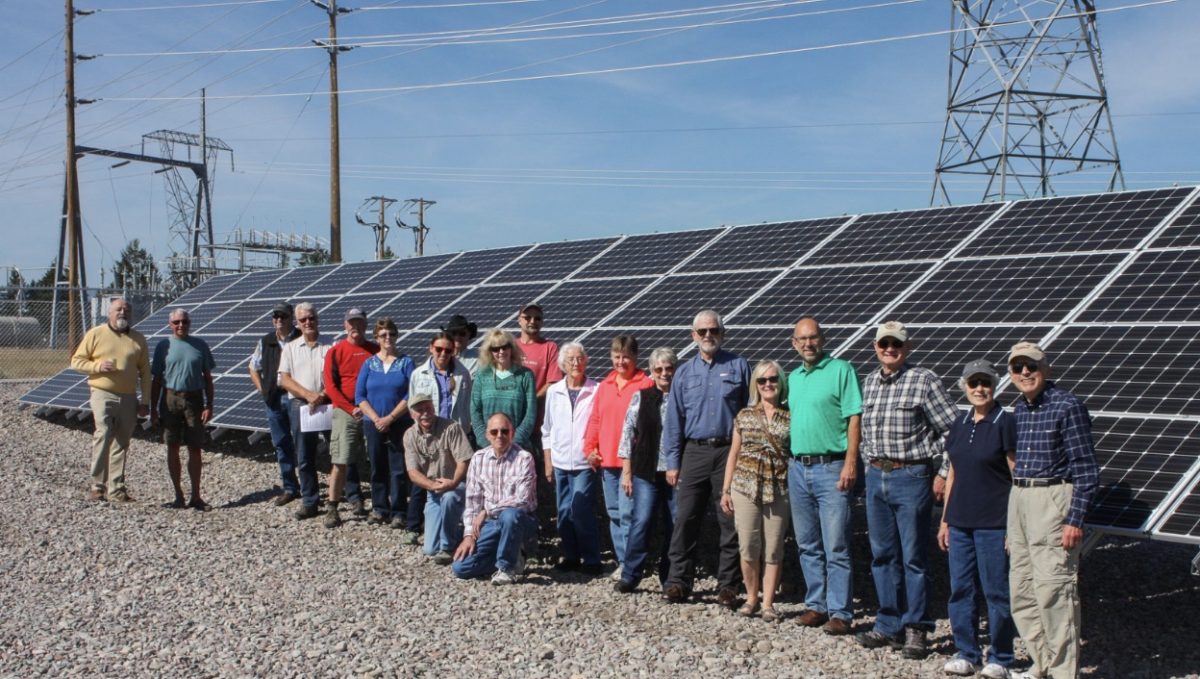Most states require utilities to plan their future generation mix, as shown on the nearby map from the U.S. Environmental Protection Agency.
When state regulators hold a hearing on a utility resource plan, stakeholders routinely testify how the utility biased its modeling against renewable resources and storage.

To take their game up a level, trade groups and citizens groups have sometimes used a computer model to prepare their own utility resource plan, using unbiased modeling choices, and finding that substantially more solar, wind and storage than the utility proposed would yield lower customer costs.
In rare cases, groups have been able to use the same model as the utility used; to enable that approach, Arizona now requires transparent utility modeling. But groups typically cannot access the proprietary model used by the utility. So stakeholder groups have turned to other models to prepare an independent utility resource plan, either hiring consulting firms to run their own proprietary models, or using free models such as the Switch model or the ReEDS model.
The energy-focused nonprofit group RMI now proposes that the free, open-source GenX model is a promising tool for stakeholders to use, to “reveal better planning outcomes” than those presented by utilities in their integrated resource plans (IRPs).
When RMI itself used GenX to develop a resource plan for two Kentucky utilities, the modeling results showed that the utilities could save customers money by developing more solar, wind and storage capacity than the utilities had proposed, and retiring a coal plant sooner.
The GenX utility planning model was developed by researchers at MIT. “GenX incorporates several state-of-the-art practices in electricity system planning, to offer improved decision support for a changing electricity landscape,” says the model’s documentation. Jesse Jenkins, one of the model’s two original developers, now co-leads a joint MIT-Princeton team that is continually developing the model.
A “growing network of grid modeling experts and practitioners” has the capability to run a model such as GenX, RMI says, in a report that describes how RMI used the model. As evidence, report co-author and RMI Senior Associate Aaron Schwartz estimated that a GenX virtual workshop earlier this month drew more than 80 participants, and noted that the Sierra Club used GenX in June to model a resource plan for Florida utility JEA. Schwartz also pointed to similar modeling work with the GridPath open-source power system platform and other models.
“The tools are available; now it’s time to empower stakeholders to lead on this type of analysis through training, skills-building, and recruiting,” Schwartz said.
Requirements
Computer programming experience is not required to run the GenX model, Schwartz said, although RMI did program certain changes to customize the open-source model. Many stakeholders already understand capacity expansion planning,from their work in reviewing and commenting on utility IRPs, he added, so they can properly set up the model’s inputs and assumptions and interpret the results.
Useful experience for running GenX, Schwartz said, would be familiarity with downloading software from the website GitHub, comfort with a computer’s command-line interface, and experience with Microsoft Excel software, for configuring the data inputs.
RMI primarily used public data for its own analysis of an IRP for two Kentucky utilities. RMI also used utility modeling data that intervenors in Kentucky’s regulatory proceeding for the IRP obtained through the legal process of discovery. While RMI used that utility data, so that its analysis would be more aligned with that of the utilities, the nonprofit was also exploring alternative public data sources in case those would be needed, Schwartz said.
RMI used a standard laptop computer to model all 8760 hours per year in the planning horizon. By using several “commonly used” modeling simplifications, RMI kept the model “tractable,” Schwartz said, so it didn’t need to use cloud computing resources.
The modeling and analysis effort required about six weeks of full-time effort, Schwartz said. RMI used the free, open-source optimization solver Clp in combination with GenX.
Resources
The RMI report is titled “Power Planning to the People: How Stakeholder-Driven Modeling Can Help Build a Better Grid.”
The GenX model is available free on the website GitHub, as is the optimization solver Clp.
This content is protected by copyright and may not be reused. If you want to cooperate with us and would like to reuse some of our content, please contact: editors@pv-magazine.com.








By submitting this form you agree to pv magazine using your data for the purposes of publishing your comment.
Your personal data will only be disclosed or otherwise transmitted to third parties for the purposes of spam filtering or if this is necessary for technical maintenance of the website. Any other transfer to third parties will not take place unless this is justified on the basis of applicable data protection regulations or if pv magazine is legally obliged to do so.
You may revoke this consent at any time with effect for the future, in which case your personal data will be deleted immediately. Otherwise, your data will be deleted if pv magazine has processed your request or the purpose of data storage is fulfilled.
Further information on data privacy can be found in our Data Protection Policy.